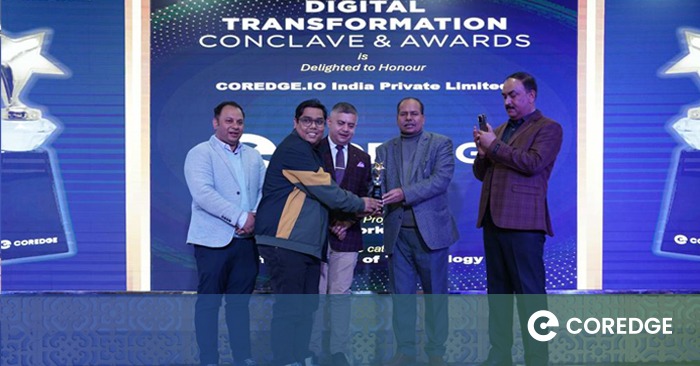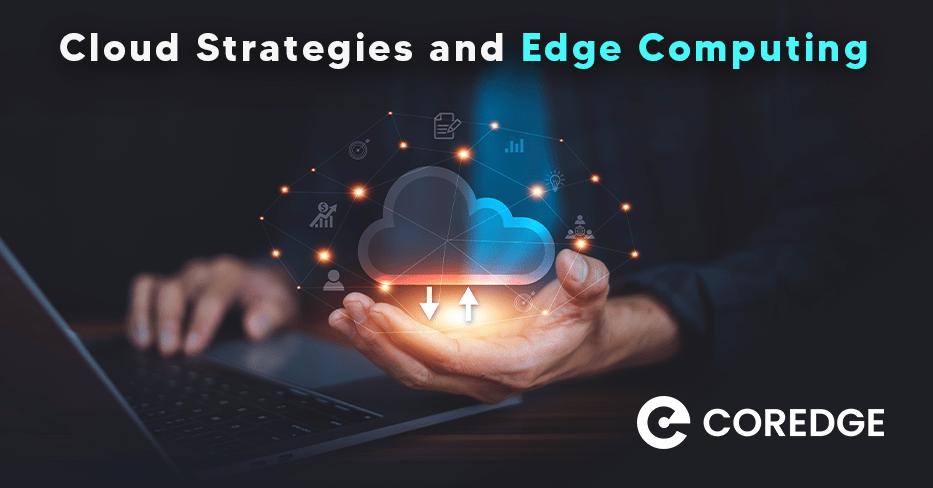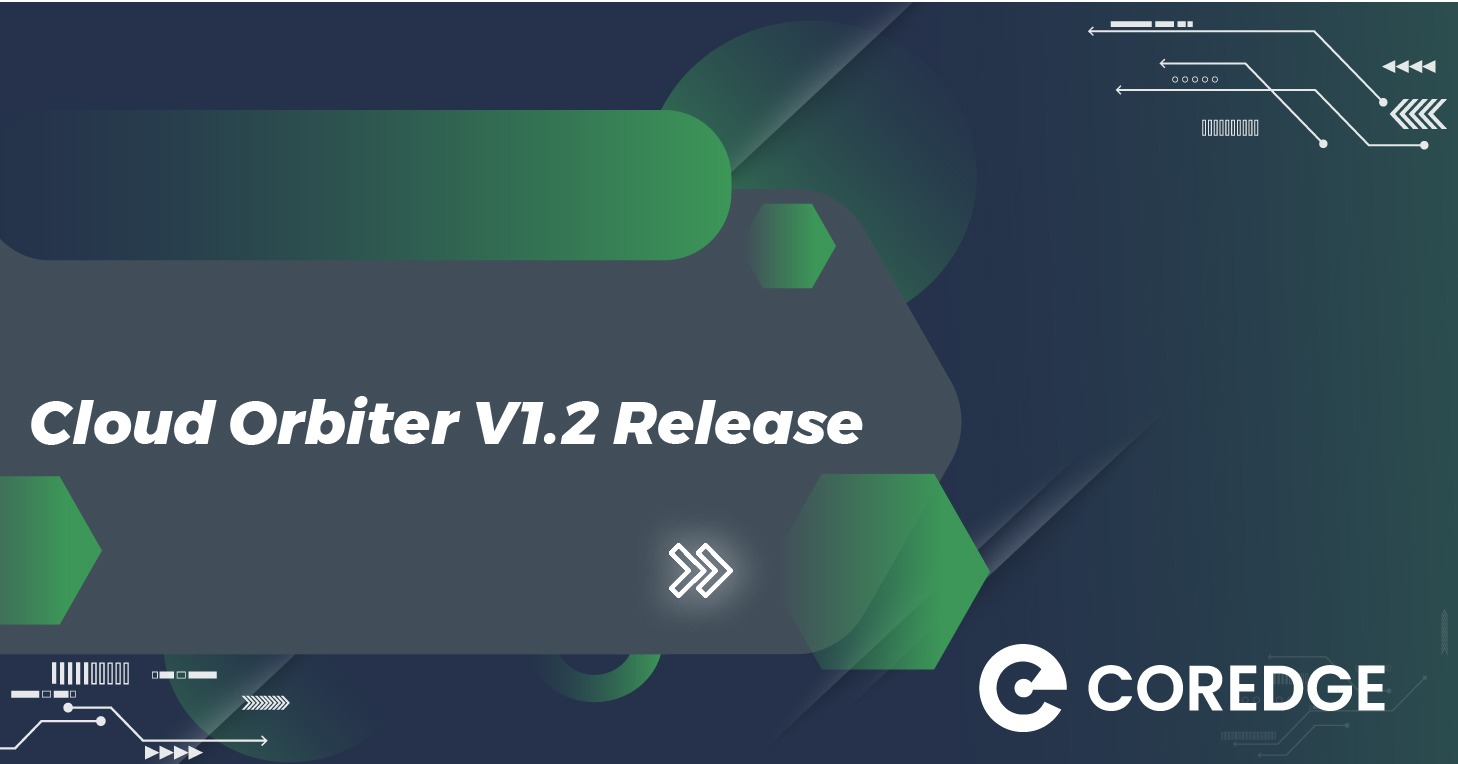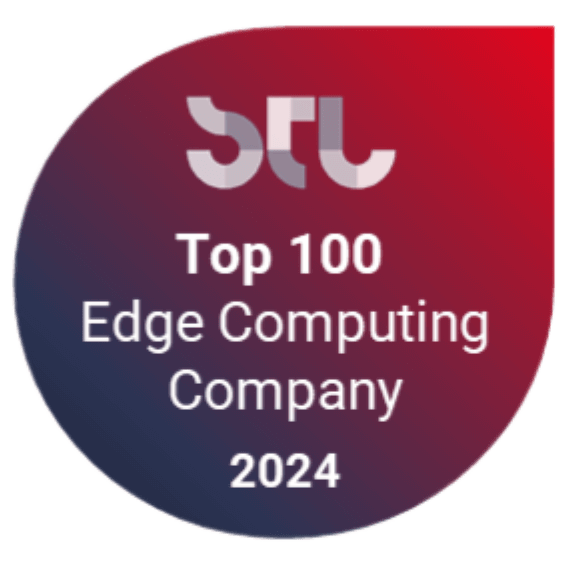Transformation with GitOps and its Impact on CI/CD of Services
Coredge Marketing
February 21, 2022
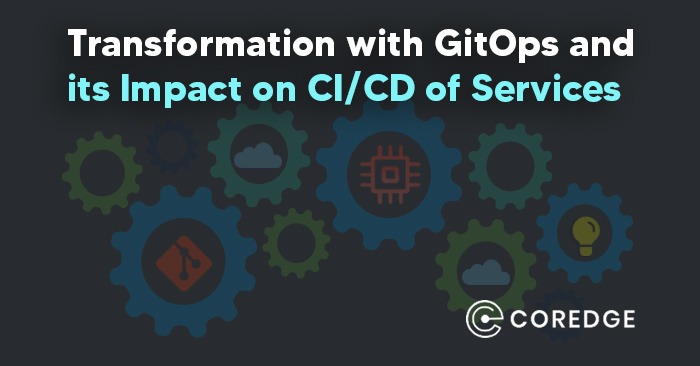
GitOps is a way to implement continuous deployment/delivery for cloud-native applications. It emphasizes a developer-centric experience during infrastructure operation time with the help of certain tools developers already know. These tools might include Git and other continuous deployment tools. In other words, GitOps is a refinement of certain practices that can manage the deployment of both containerized apps and cluster infrastructure upon which they run.
GitOps works on some principles to render the desired quality outcomes. Its four major principles are stated as:
1. Entire System Can be Described Declaratively: This helps in allowing the system to describe the overall system including applications and services as configuration code.
2. Canonical Desired System State is Versioned: When the system is stored in a version control system and provided as a canonical truth source, the software agents will have an only a location from which everything is driven and derived. This will minimize rollbacks where developers can utilize Git Revert to go back to the earlier state of the application.
3. Approved Changes are Automatically Applicable to the System: GitOps Operator manages automation of approved changes to the system. GitOps operator is a Kubernetes operator (server-side controller) that reads the manifests in a Git repo i.e., the desired state of the system and continuously gives a try to make the actual system state match those manifests
4. Software Engineers Need to Assure Alert and Correctness: This helps software developers to ensure whether the app is up to the mark for meeting the clients’ expectations or not. The biggest benefit of ensuring alertness and correctness is that the software agents can work as a feedback and control loop for various operations.
GitOps Impact on CI/CD of Services:
GitOps can impact CI/CD of services! GitOps can automate infrastructure updates through the right Git workflow with CI/CD or Continuous Integration/Continuous Delivery, the software engineering process that assists in developing and releasing software. With CI/CD, GitOps workflows can enhance the experience of developers and facilitate better management of cloud-based resources.
About Continuous Integration:
Continuous Integration led to faster development and deployment of apps, and so more rapid release. It helps to make the development team more agile than ever before. As in Continuous Integration, the software developers can merge code updates in a central repository, known as Git. Each update in code (commit) triggers an automated build-test stage for the specific repository and gives appropriate feedback to the developers who are working on it.
CI helps in automating the build and unit test procedure of new code updates. Hence, the developers’ team would have a laid-back time pushing a minimum feasible change and they can revert changes in case of problems various times a day using GitOps best practices.
About Continuous Delivery:
Continuous Delivery assists the software development team to build software in short cycles. They need to make sure that the software release can happen anytime, and the software release should be a manual one.
Conclusion:
The bottom line is with CI/CD tooling, the productivity of businesses can be increased as the software development team benefits from automated processes. This allows them to focus more on the development process instead of giving their time to managing manual tasks associated with the system. If any configuration drift including errors or any manual update is overwritten by GitOps automation, then the environment could coincide with the desired state that is already defined in Git.
We are accelerating the edge computing movement with the help of telecom app development and the use of the Kubernetes platform.
Get in touch with Coredge.io today!
If you have any concerns, feel free to write to us at talktous@coredge.io
